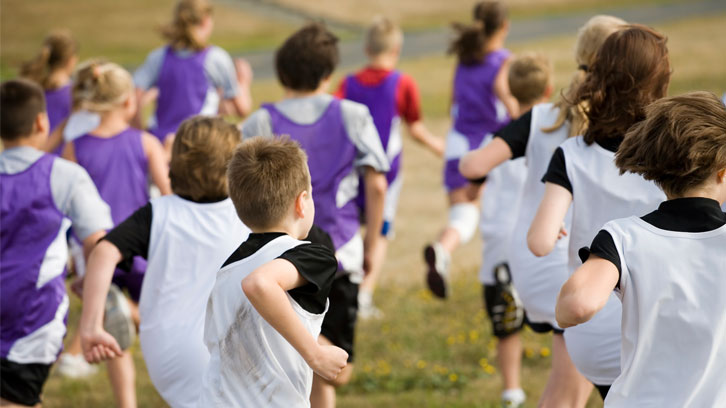2–5 Hours of Sport a Week and 9–10 Hours’ Sleep a Day, the Best Recipe for Good Academic Performance in Primary School

Author: iStockphoto/brown54486.
Nowadays, it is vital to analyse the sleep hours that children and adolescents need in order to achieve effective learning in school. Sleeping habits can be categorized into three different patterns: short (an average of 6 hours or less per night); long (over 9 hours per night) and medium (between 6 and 9 hours per night). Currently there is empirical evidence showing that an adequate rest pattern in children aged 5 to 10 years should include a minimum sleep of 9-10 hours per night and to be sure to keep regular schedules when going to bed and waking up in the morning. In this aspect it has been found that going to bed after 10pm can hinder young people from getting up early the next day in optimum conditions.
Also, it has been demonstrated that children of these ages are involved in many extracurricular activities. At present it is rare to find a child who does not do extracurricular activities during the week. The data indicates that 84.20% of the population participate in some kind of extracurricular activity outside of school. Likewise, it has been found that out-of-school activities based on sport entail a great number of benefits: the increase of self-esteem and confidence, and the optimization of social development, cognitive development and academic performance as well. Moreover, the results also suggest that extra school sport reduces stress, anxiety and depression, and enhances learning and memory, all of them factors that lead to achieving optimal health and higher academic performance.
But participation in extra school activities improves academic performance within certain limits. In fact, its effect is distributed in an inverted U-shaped curve. When children do not participate in extracurricular activities, or perform more than five activities simultaneously, certain negative effects can be observed. Considering these aspects, the aim of this study was to analyse the effects of the students’ rest patterns together with the amountof hours of physical activities they partake in, and to establish a relationship between these two variables and academic performance with primary education children.
A questionnaire asking about both quantitative and qualitative aspects of sleeping habits and the kind and number of hours of extra school activities was administered to 573 primary school students. The answers show that the best academic results are obtained by children combining a proper sleep pattern with the practice of moderate physical exercise (between 2 and 5 hours a week) after school. On the other hand, the worst academic results are obtained when children link inadequate rest patterns with a big number of sporting extra school activities (more than 5 hours a week).
These results show the need to help parents, teachers and educators in general, to be aware of the importance of both sleeping habits and the participation in extracurricular sport activities in primary school children. If from an early age children get used to certain sleep habits and to practising sport they will probably be more able to cope with school work.
Mercè Clariana
Mar Badia
Department of Basic, Developmental and Educational Psychology
References
Cladellas Pros, Ramon; Clariana Muntada, Mercè; Gotzens Busquets, Concepció; Badia Martín, Mar; Dezcallar Sáez, Teresa. Patrones de descanso, actividades físico-deportivas extraescolares y rendimiento académico en niños y niñas de primaria. Revista de Psicología del Deporte. 2015, vol. 24, num. 1, p.53-59.


